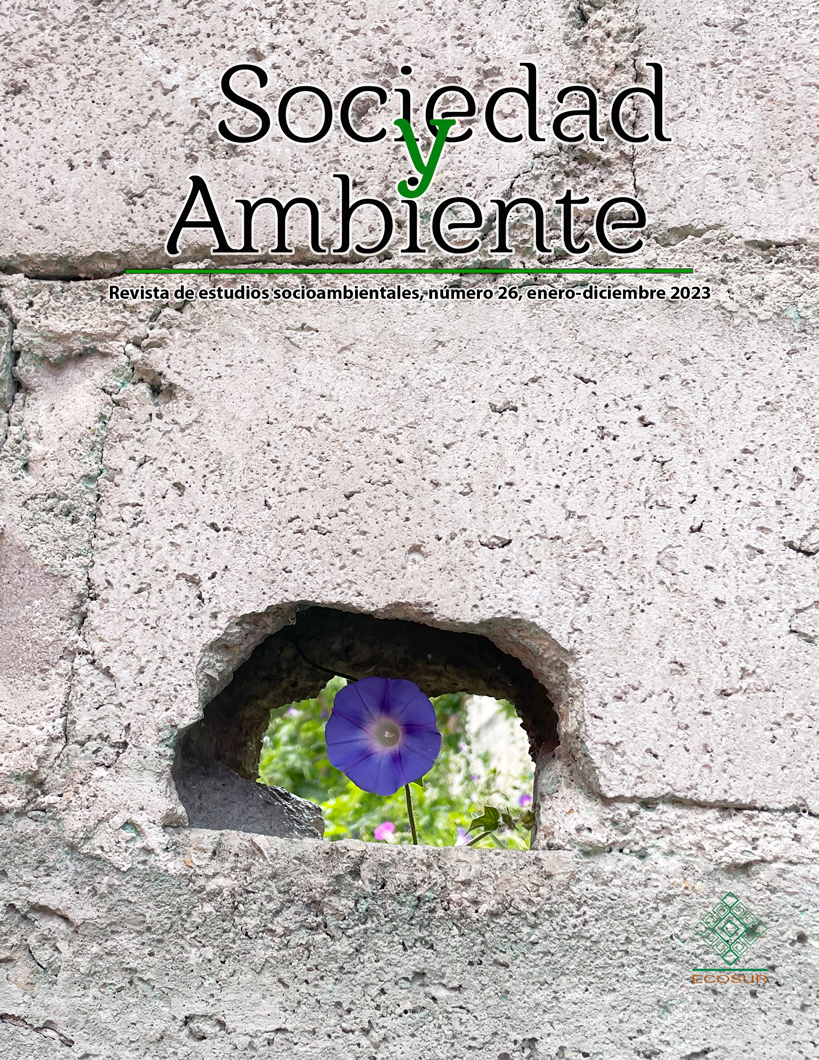Abstract
This article describes aspects of nature symbolically related to the characteristics of the Cholq’ij, a 260-day Kaqchikel divinatory calendar, and the Ab’, a 365-day count of secular time. One of the most significant is the one given by cycles of growth and production of maize, a sacred plant that manifests its deep relationship with the human being in the conception of the similarity of their periods. The calendrical days or alaxïk, the basis of both counts and especially of the Cholq’ij, are named with words that refer to animals —mostly mammals— or apprehensible abstract concepts through their interrelation with elements of the natural world endowed with symbolic characteristics described throughout this manuscript. Although there are reinterpretations in the meanings attributed to these cyclical entities resulting from processes of readaptation and change typical of all cultures, they refer to millennial cosmogonic conceptions and in-depth reflect the historical relationship that the Mayan people maintain with their environment.

Sociedad y Ambiente by ECOSUR is licensed under a Creative Commons Reconocimiento-NoComercial-SinObraDerivada 2.5 México License


